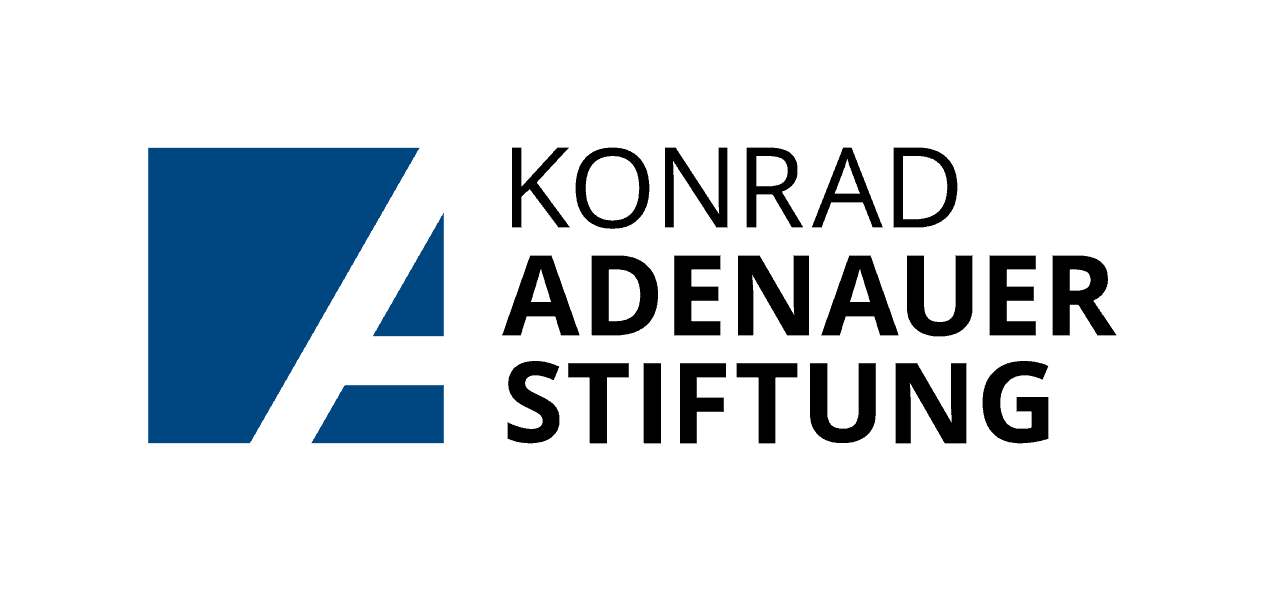NOTE: This is not a complete guide to broadcast scripting, but it provides some hints on how to use language and construct a good narrative for a broadcast investigation.
All broadcast stories are accompanied by video footage or audio quotes. The same picture or quote can tell many stories, depending on its context. The purpose of commentary is to make sure the audience fully understands your story.
An intelligent text can make viewers see even a very conventional image or humdrum quote in a new light. On radio, the script written around the recorded quotes sets the context most powerfully. But on TV, pictures comprise about 85 percent of a story’s impact. A good text does not always compensate for boring pictures or quotes because the audience will turn away. In both cases, you need to construct your story around the pictures or recorded quotes. This is called ‘writing for the ear’ or ‘writing to pictures’.
Start with the ground report that you have captured on your camera. Then use carefully selected words in your own commentary and transitions to:
- (a) Underline the most important aspects of the story
- (b) Provide balance where the pictures or quotes only show some aspects
- (c) Select and emphasize the things you want the audience to pay attention to
- (d) Connect different images or quotes, explaining how they move through time
- (e) Contextualise the images or quotes
- (f) Put a ‘spin’ on the images or quotes by adding extra meaning or interpretation (but do not distort the information or take it out of context!)
The reporter can – and should – be diligent about these priorities. But that does not mean that he or she should be constantly interposed between the viewer and the news, forming a filter or a barrier. Where you have real, direct quote of a person saying something relevant to your story, always choose that over the reporter’s paraphrased speech.
The differences between a broadcast and a print publication include:
| Print Publication | Broadcast |
|---|---|
| If the audience has not understood, they can always skip back. | A broadcast is a one-shot-only that can fly past viewers. So viewers are more likely to pick up an impression than a detailed memory – which is why the nature of the whole package is so important. |
| Mistakes are glaring and remain on the page. | Audiences either notice mistakes the first time – or they never will. |
| There are clear signposts – like headlines, captions and paragraphs – to help find the way around the page. | In the middle of a broadcast, it can be difficult for new viewers to figure out what is going on. |
| Readers can leave reading to go off and do something else. When they come back they can pick it up again where they stopped without missing anything. | Viewer can leave broadcast to go off and do something else only if the segment is recorded or available on the web. |
| Pictures and multimedia content tend to add more credibility of the story. Online publications can use this advantage to deepen the trust of their audience. | Broadcast news offers the viewer more evidence for what it says (e.g., up-sound, pictures) that may make it more credible (‘It must be true: I saw it on TV’). For the same reason, it can distort the truth more powerfully. |
| Although it may take longer to read, the reader will acquire more detailed information from a written story. | Broadcast news does not need high-level literacy, but it may demand good general knowledge to make sense of varied, fast-moving packages. |
Broadcast news exists only through time – except for podcasts, there is no tangible ‘object’, like a newspaper, to handle.
For all these reasons – the nature of the broadcast medium and the way the audience consumes it – broadcast scripting requires a very different linguistic approach than that employed in print media. But regardless of the medium, you are fighting limited time or space to convey a significant number of facts. Try to find one fact or idea that will immediately grab your audience, and use this to start your investigative package.

